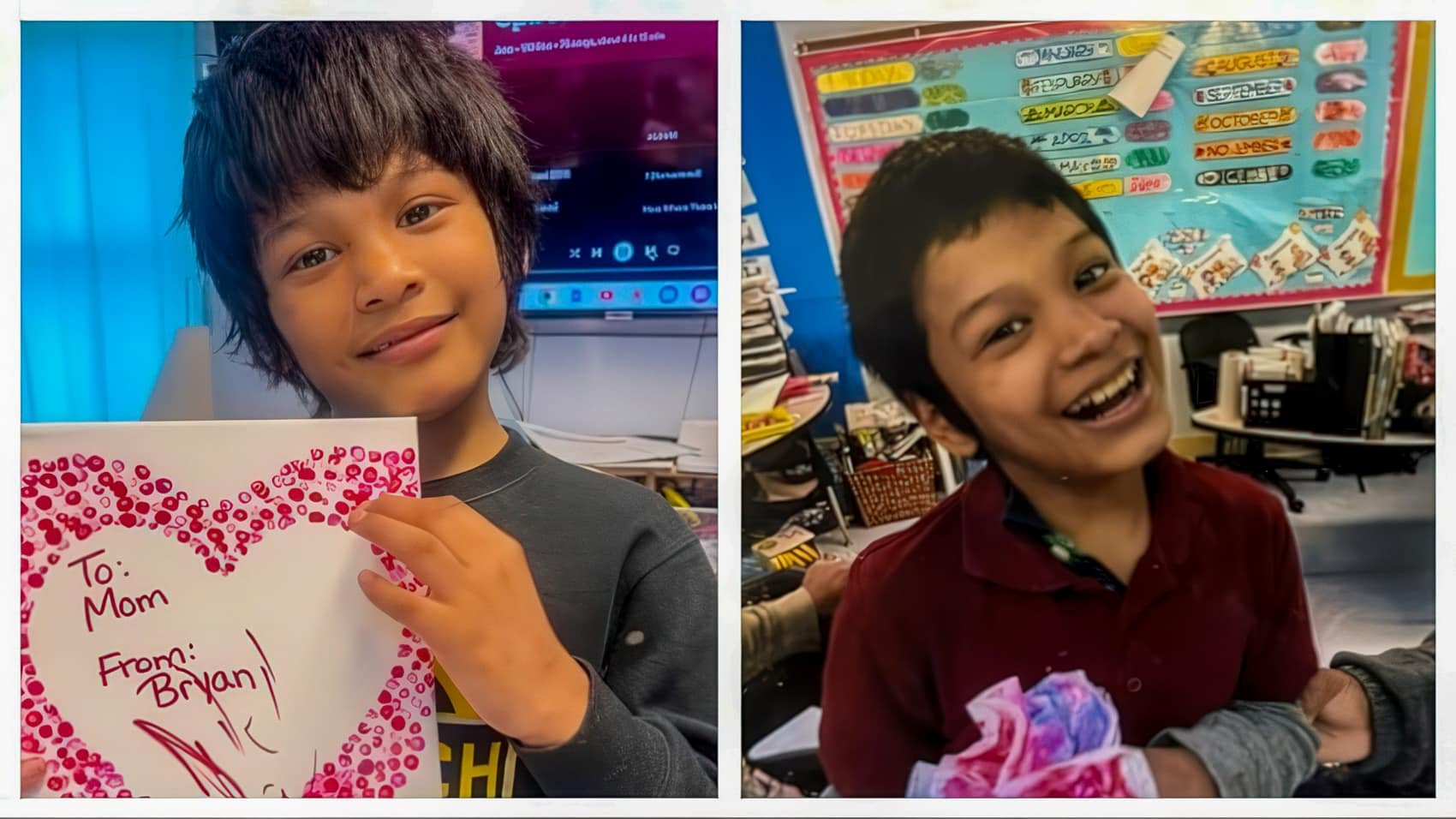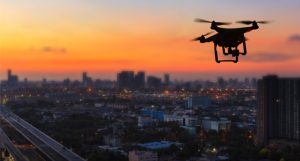Thermal Drones Revolutionize Rescue Efforts: The Case of Missing Boy in New Orleans
In August 2025, a remarkable convergence of technology and community efforts took place in New Orleans as authorities searched for a missing 12-year-old named Bryan Vasquez. This case highlighted the transformative power of modern drone technology, including thermal drones, in urban search and rescue missions.
The Search Begins: Community-Driven Efforts
During the early hours of Thursday, August 14, 2025, Bryan Vasquez disappeared from his home in the Village De L’Est neighborhood of New Orleans. Security footage captured him attempting to open a gate before vanishing. Bryan, who is nonverbal, faced increasing danger with each passing hour. The community swiftly rallied, with volunteers scouring streets and waterways, while law enforcement joined forces with fire, rescue, and drone teams to expand the search horizon.
The Role of Drones: Aerial Insight with Thermal Imaging
In challenging environments—characterized by nighttime, thick vegetation, and unpredictable weather—thermal drones have proven invaluable. Unlike ground searches that may overlook insulated or submerged individuals, drones equipped with infrared cameras can detect a person’s heat signature day or night. This was critical in areas like Bayou Sauvage and dense marshlands where boats and ground teams couldn’t penetrate.
- Thermal Drones’ Key Attributes:
- Detect heat through darkness, fog, and foliage
- Cover vast areas swiftly and safely compared to ground searches
- Enable real-time live video feed to command centers
- Access areas difficult for ground teams, crucial in New Orleans’ unique landscape
The Human-Technology Collaboration
Drone operations require skilled professionals coordinating with law enforcement, fire departments, volunteers, and canine units. Teams communicate using radio and GPS to direct ground searchers to new locations identified by drones almost immediately. Continuous training for drone pilots and psychological support for families further enhances this collaboration.
Emotional Impact: Community, Families, and Hope
Each missing child incident blends urgency with hope. For Bryan’s family, witnessing the deployment of all available resources—from drones to divers—provided reassurance. Community members distributed Bryan’s details via social media and flyers, with some even learning basic drone operation to assist in the search.
Lessons Learned in 2025
1. Speed is Crucial
Timely deployment of drones and technology significantly boosts search success, especially for vulnerable individuals.
2. Limitations of Thermal Imaging
Thermal drones, while innovative, cannot detect individuals submerged underwater or in extreme temperatures. Therefore, multiple resources are used simultaneously, including boats, dogs, helicopters, and drones.
3. Public Awareness and Technological Literacy
Knowledge of security systems, emergency alert registration, and basic drone operation can be crucial in emergencies.
4. Coordination is Vital
Combining technology (drones, GPS, secure comms) with local insights enhances search effectiveness.
A Primer on Thermal Drones
Thermal drones resemble standard quadcopters but use special infrared cameras that “see” temperature differences, identifying hidden individuals. Popular models include DJI Matrice 300 RTK with H20T sensor, Autel Robotics EVO II Dual, and Parrot Anafi USA, offering flight times of 30–55 minutes and detecting humans over 100 meters away.
Success Stories From Around the World
- In Australia, thermal drones located a lost hiker after traditional search methods failed.
- In the US Midwest, drones found a missing Alzheimer’s patient during a midnight search, succeeding where helicopters struggled.
- After hurricanes in Louisiana, drones have been crucial in locating survivors stranded on rooftops.
Ensuring Safety, Privacy, and Legal Compliance
Drone deployment in emergencies must respect privacy and airspace laws. Only certified pilots are allowed to operate “search and rescue” missions, with FAA waivers required for night flights or over crowds. Video feeds remain confidential to protect privacy, with strict data storage and audit procedures in place after missions.
Get Involved or Learn More
If you’re interested in volunteering your drone or learning more, coordination with authorities is essential. Entry-level thermal drones start at $2,000, while professional models can exceed $25,000. In case a loved one goes missing, contacting emergency services and providing essential details quickly is critical.
Future Prospects for Rescue Drones
As drone technology advances, with autonomous patrolling, live video, and rescue supply deployment capabilities, the line between science fiction and reality keeps narrowing. AI-driven search algorithms will further expedite anomaly detection, with drones enhancing community safety and connectivity during emergencies.
Our Dedication: Fusing Technology with Humanity
As innovative advocates, we believe in supporting families and first responders, promoting responsible drone regulation, and emphasizing humanistic values in technology. Stay informed, embrace new technologies, and remember the human aspect in humanitarian tech efforts.













